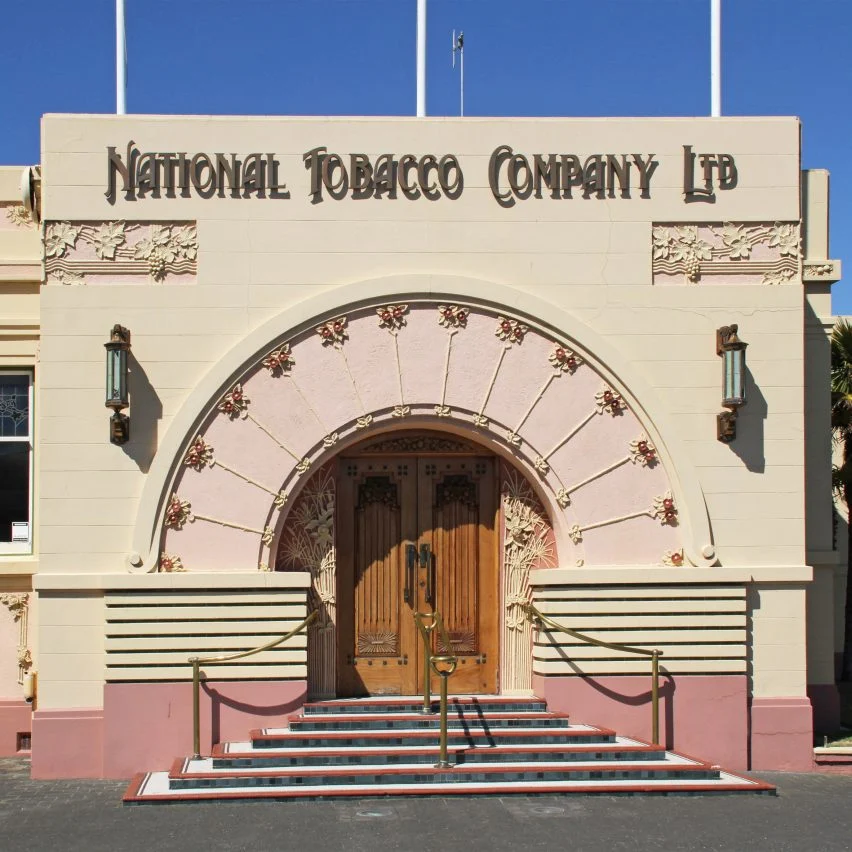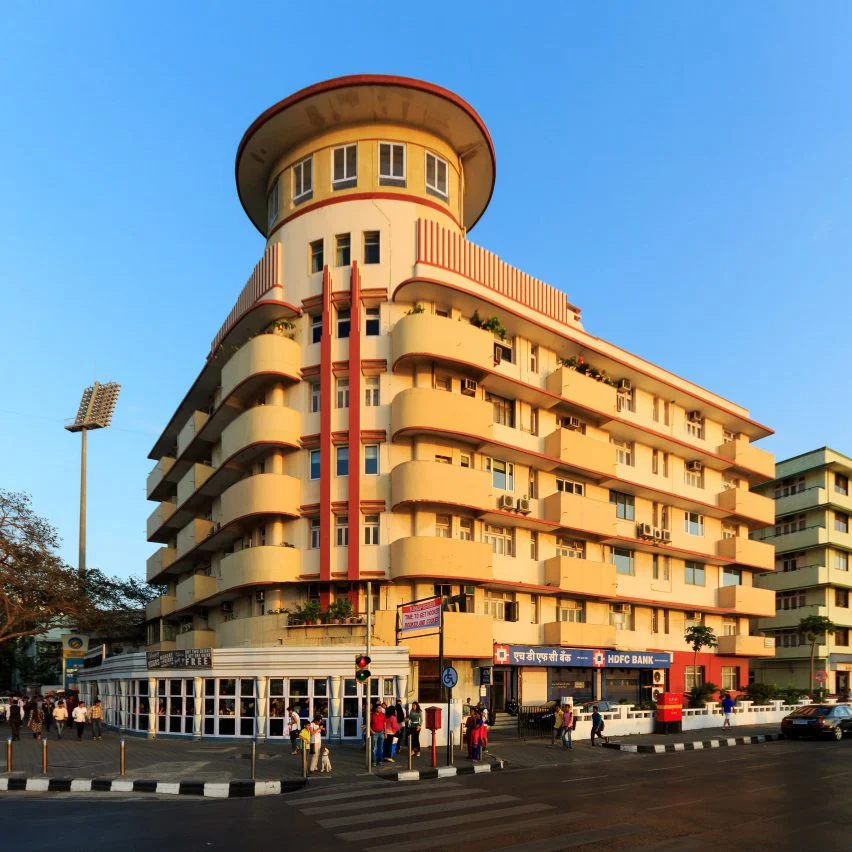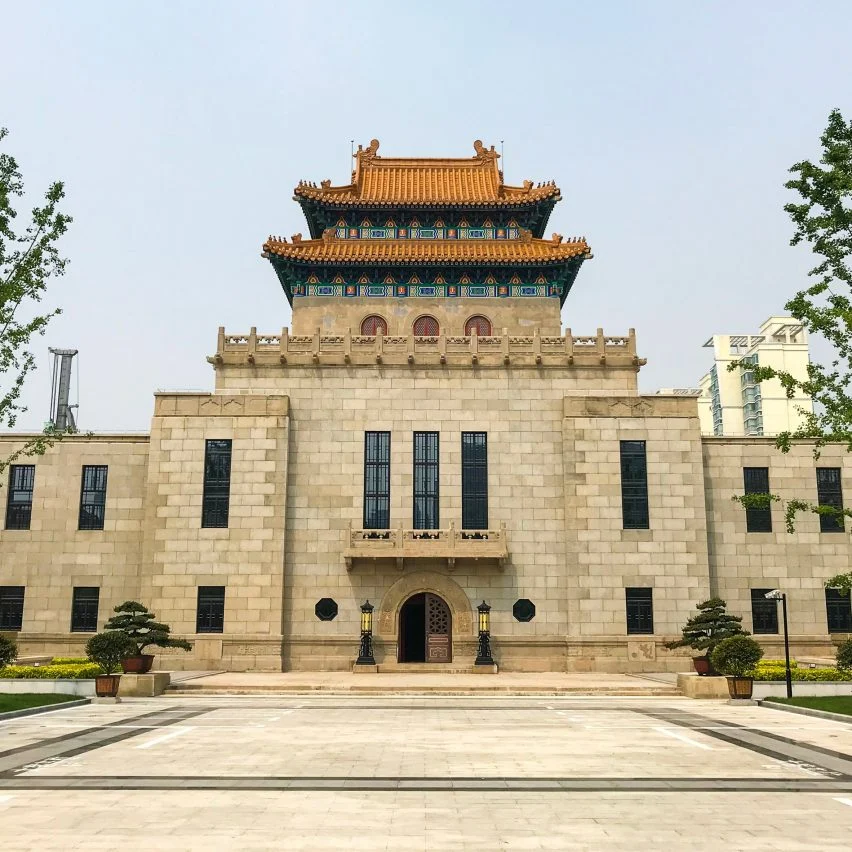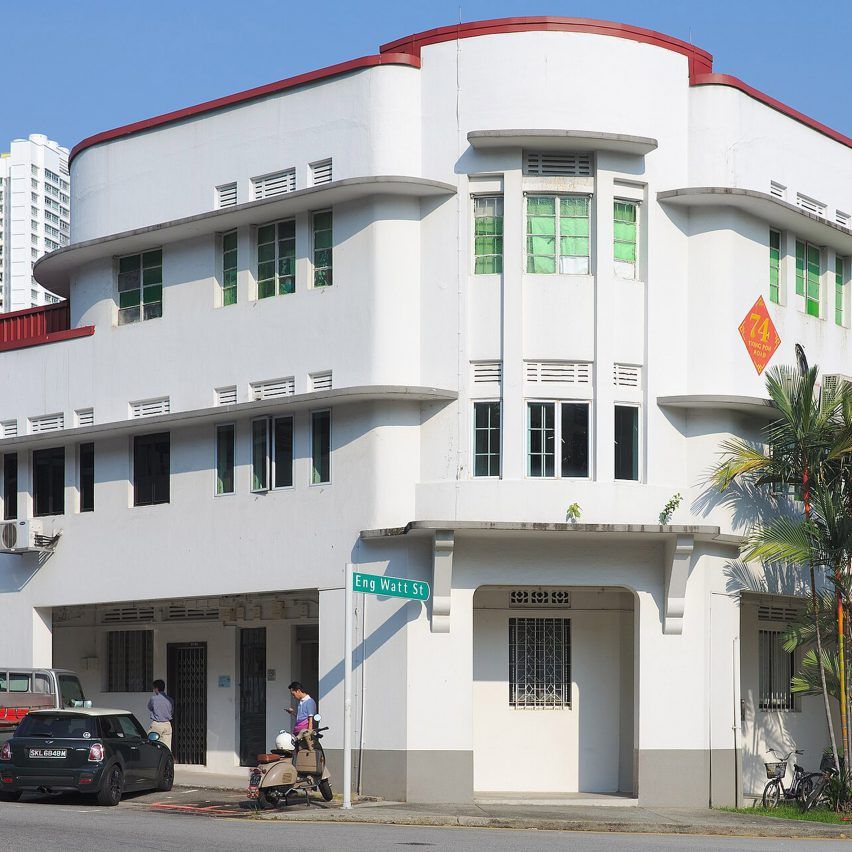Art deco hotspots around the world.
07.04.2025In the online magazine dezeen, you can always find interesting articles about architecture. As part fo their Art Deco Centenary series the authors Amy Peacock and Gabrielle Wong report in one of the latest articles on little-known Art Deco hotspots in various regions of the world.
About Art Deco they write: “Art deco dominated in Paris, New York and Miami in the 1920s and 30s, but the style also stretched far and wide, making an impact in cities across Asia, South America and New Zealand. It has been dubbed “the first international style” because of the way it spread across the world – including to unexpected places. Many aspiring architects moved to Europe and the USA to study during this time and brought art deco influences back to their home countries, blending the style with elements denoting local traditional architecture.”
Art Deco in the Streets of Napier, Newzealand
The streets of Napier in New Zealand, lined with low-rise buildings from the 1930s, are a tourist magnet. Year after year, tens of thousands of visitors flock to the city to see the local architecture and the vintage car parades during the annual Art Deco Festival.
The reason for the large number of Art Deco buildings in Napier is the 1931 earthquake, which destroyed large parts of the city center, writes dezeen. The city then decided to rebuild the houses in the Art Deco style that was popular at the time. Many of the buildings were designed by Kiwi architect Louis Hay, for example the striking National Tobacco Company Building.
Art Deco in Mumbai, India
According to dezeen, the Indian city of Mumbai has the second largest collection of Art Deco buildings in the world, after Miami. The magazine writes that the city may lack the glittering skyscrapers usually associated with Art Deco buildings, But it is adorned with streamlined houses and cinemas, some of which are under UNESCO protection. Many of the Art Deco buildings can be found along Marine Drive, a three-kilometre coastal promenade at the southern tip of Mumbai.
The Art Deco buildings in Mumbai differ from those in the rest of the world in their adaptation to the hot climate and the use of tropical motifs such as palm fronds and elephants. This has earned the city’s unique style the name Indo-Deco. The non-profit group “Art Deco Mumbai” documents the most important contemporary witnesses in an interactive map.
Art Deco in Shanghai, China
Thanks to its important commercial port, the Chinese city of Shanghai experienced an economic and cultural boom in the early 20th century. This favored the rise of Art Deco architecture; however, the city developed its own Art Deco style, shaped by Western and Chinese designers. The characteristic symmetry and geometry of Art Deco was combined with elements influenced by traditional features such as pagoda roofs, as in the Greater Shanghai Municipal Library, designed by Chinese architect Dong Dayou as part of the Greater Shanghai Plan of 1929.
Art Deco in Tiong Bahru, Singapore
Dezeen writes that Tiong Bahru is considered Singapore’s oldest public housing development and an unexpected treasure trove of Art Deco architecture in Southeast Asia. Developed by the Singapore Improvement Trust in the 1930s, the neighborhood features a particular interpretation of Art Deco that draws on the style of Streamline Moderne, a late development of the movement.
The low apartment blocks are characterized by curved facades, porthole windows and curved horizontal and vertical lines, and are reminiscent of the streamlined shapes of ocean liners, airplanes and trains.
The full article in the Dezeen magazine contains further detailed descriptions of Art Deco buildings in Buenos Aires, Argentina, Montevideo, Uruguay, Manila, Philippines, Glasgow, UK, and Asmara, Eritrea.



